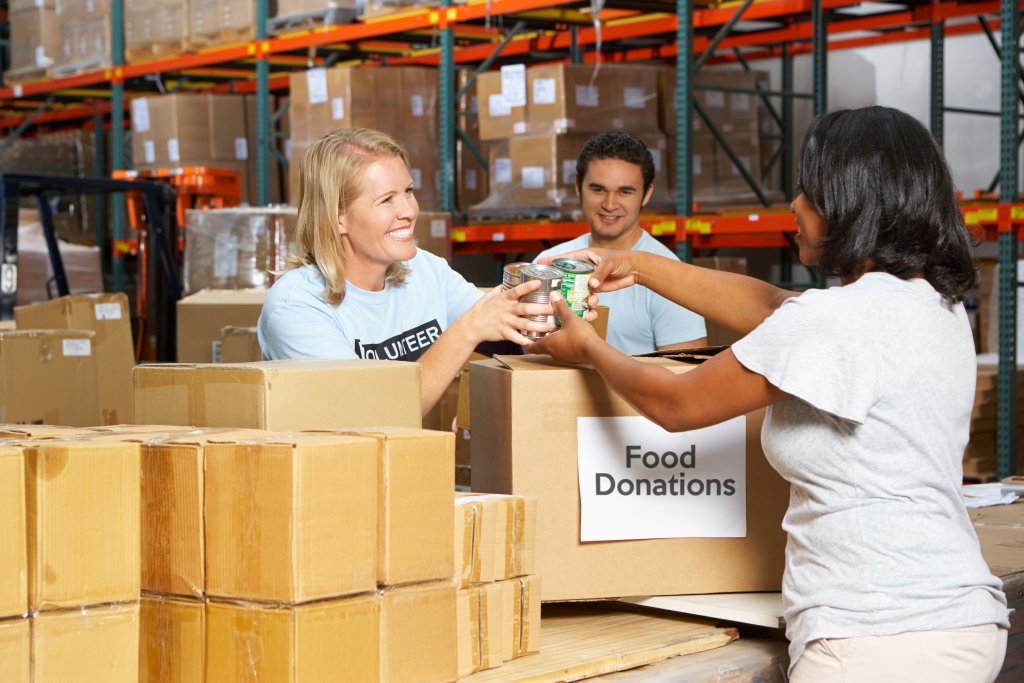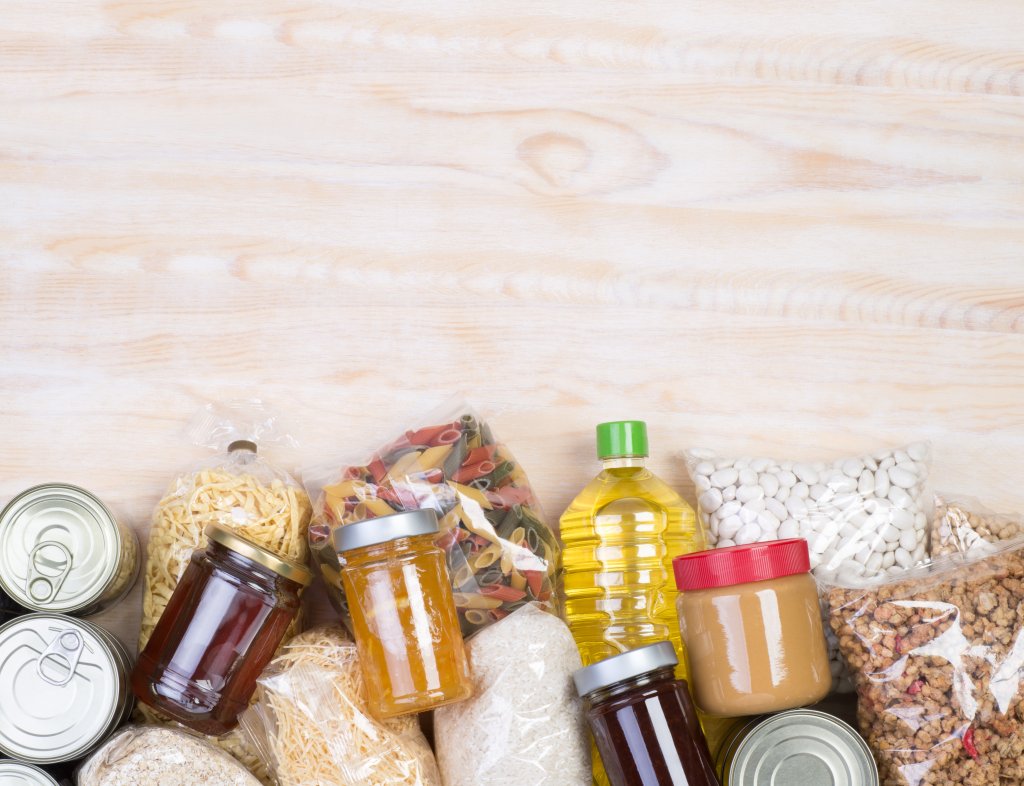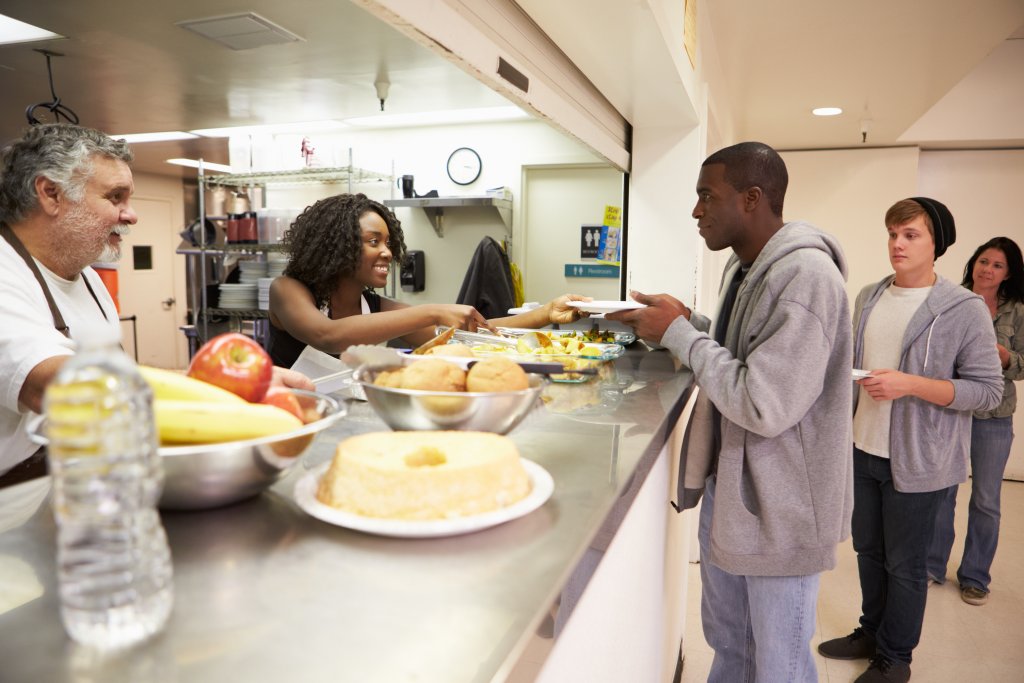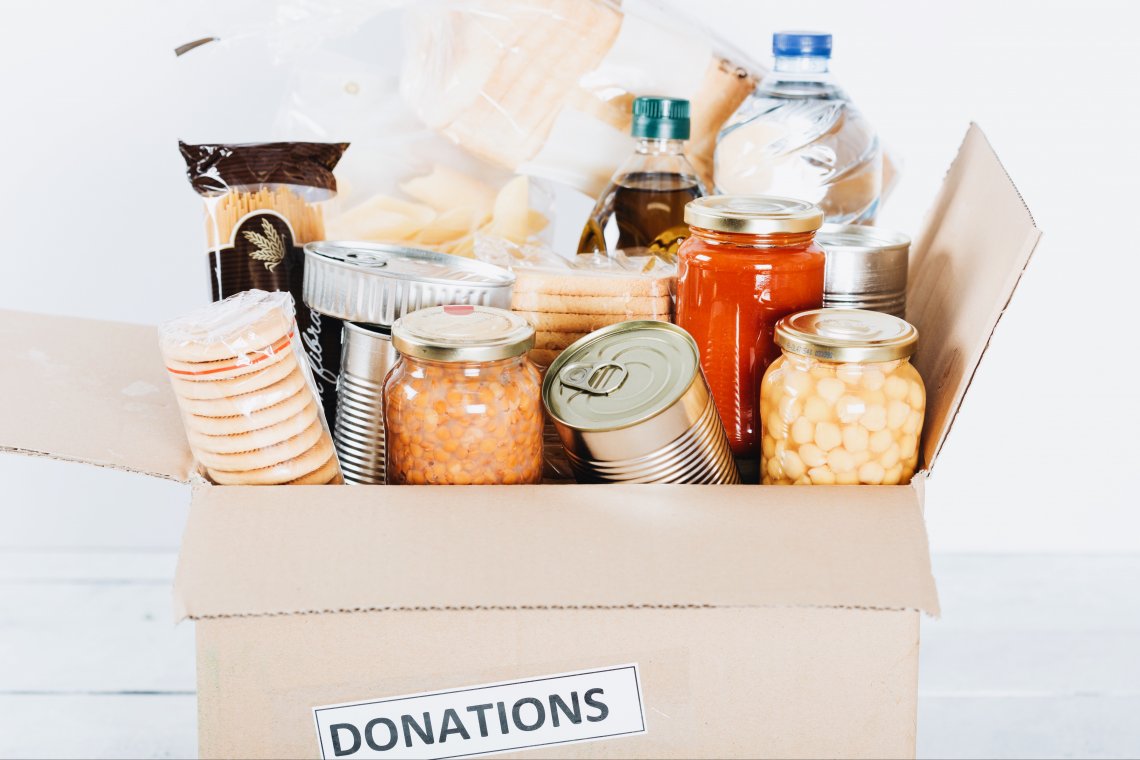The holiday season is a time to appreciate what we’re thankful for—and one of those things is always having food on the table. Not everyone is fortunate enough to know where their next meal is coming from, which is why now is a great opportunity to give back, and help families who are struggling this time of year.
However, you may not know where to donate, or what the best thing TO donate is. Well worry not—we’ve got you covered with plenty of resources and tips on finding the right food bank, what to donate and what not to donate.

Finding the Right Food Bank
Many of us have donated canned goods to a local school, grocery store or charitable organization (often referred to as food drives), but there are plenty of reputable food banks in your area that you may not know about. Feeding America has a local food bank finder that’s very useful when conducting your search. With over 200 food banks across the country, there’s a variety of locations dedicated to helping end hunger in their specific area.
If you’re looking into other charities focused on feeding the underprivileged, check out this list of hunger fighting charities, including their ratings and insights.
Food Banks vs. Food Pantries

Before we go further, it’s important to understand the distinction between a food bank and a food pantry, and the purposes of each.
A food bank is a storage hub that receives food directly from food drives and the food industry, and distributes it to agencies, local soup kitchens and shelters to those who need it.
A food pantry is a single location that gets food from a food bank and distributes it directly to people in need. These are usually standalone facilities that donate to families on a monthly basis.
Growing up, you may have mostly seen food drives, which are a charitable donation made by members of an organization or business to accumulate and distribute food to those in need. This often happens at schools and businesses who want to accumulate food to make a difference.
Although the names are different, they all carry a similar mission statement: ending hunger. In this article, we’re focusing on food banks for terminology, but the pointers mentioned can apply to food pantries as well! Now here’s what you can donate below:
What to Donate

- Canned goods, especially meats such as tuna or chicken
- Canned or dried fruit
- Pasta
- Peanut butter
- Rice
- Powdered or shelf milk that doesn’t require refrigeration
- Nuts
- Cooking oil (olive and canola)
- Whole grain cereal and granola
- Crackers
- Canned soup, stew or chili
Make sure before stocking up your cart that you check with your local food bank to see what items they need most. Also, opt for lower sodium options where possible, since there may be people with dietary restrictions needing help (and it’s also healthier for growing minds and bodies).
Consider a Cash Donation

While it might not seem obvious, a cash donation to Feeding America can make a huge difference. According to their website, for every dollar donated, they “secure and distribute 10 meals to people facing hunger.” This translates into at least 12 pounds of food! Rather than paying grocery store prices, organizations like Feeding America have access to large-scale donation programs so the money goes the farthest it possibly can to do the most good.
What NOT to Donate
- Nothing in glass containers (things get transferred multiple times before they land in the hands of families, so glass being breakable complicates shipment)
- Perishables
- Expired food
- A homemade dish or meal (unless a local food bank or pantry requests otherwise)
Knowing Where Your Donation Goes
There are plenty of ways you can make a difference in the lives of the hungry—but it’s smart to ensure your donation is going to the right place. Most times, all you need to do is look at a charity’s website, as nonprofits will display all their financial expenditures publicly for you to view. With this in mind, you’ll have full visibility on their budget, and, more importantly, understanding where your money is going. Charity Navigator has some stellar resources on what to consider before donating, as well as extremely thorough insights.

Tip: If an organization is a registered nonprofit 501(c)(3), this means they do not pay federal taxes, but it also allows donors to have a write-off for donations up to a certain amount.
Protect Yourself Against Potential Scams
Unfortunately, there are scams that masquerade as charity organizations in order to take money. Many of these happen over the phone or online—such as sending to an overseas bank, or hearing directly from a victim affected.
Before jumping to give a credit card number over the phone, do your homework and go to an official website that’s trusted. Charity Navigator also has a very informative page on how to prevent these scams from happening to you.
Fighting Hunger Together
Donating to your local food bank makes a huge impact on the lives around you—but together, giving food has the power to change lives and end hunger in the U.S. and beyond. We hope this blog was helpful for accruing the right resources and food items to donate this coming holiday season (or any day of the year).
Feel free to share your facts or insights about food banks in the comments below that we may have missed!






